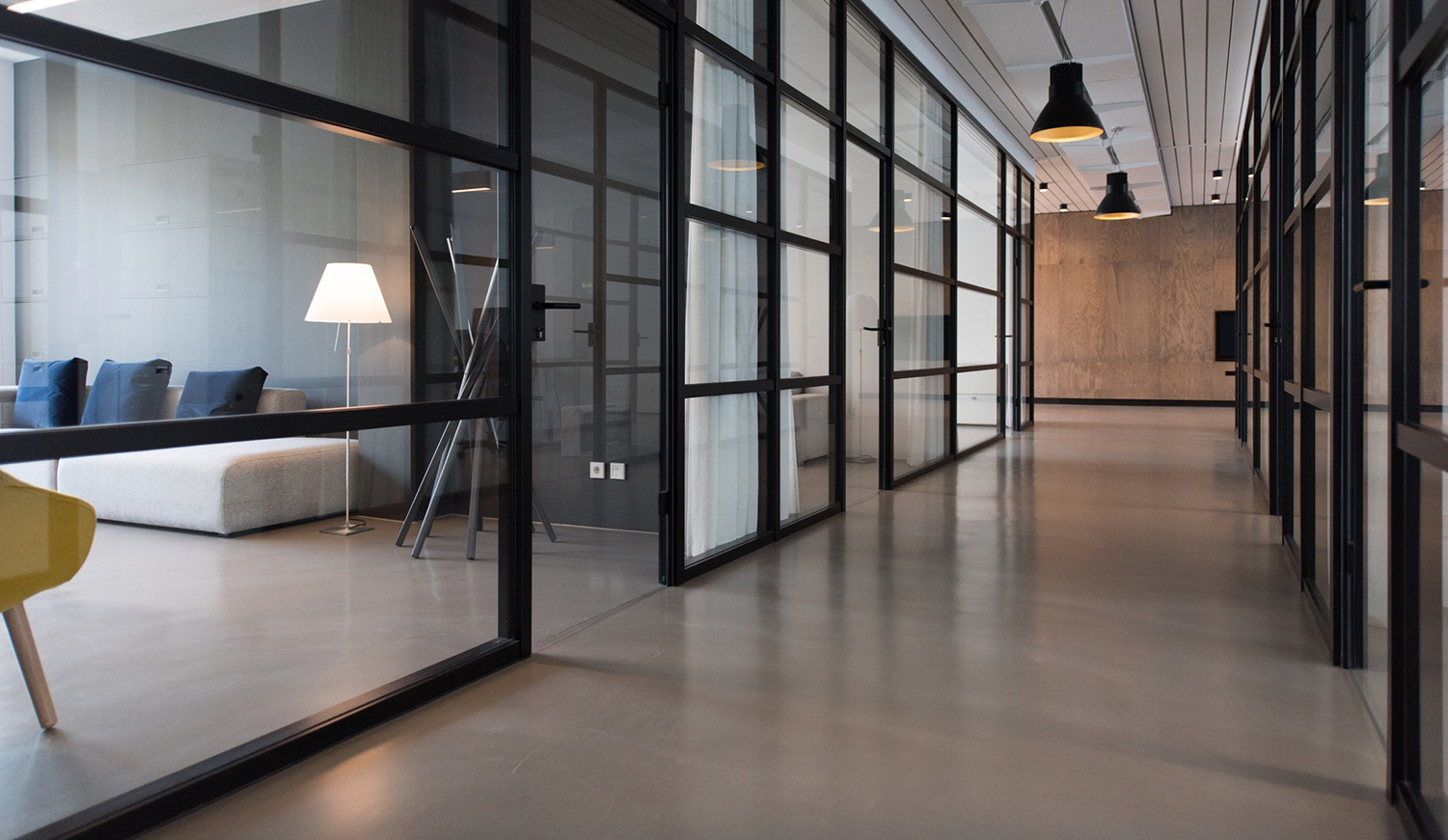Accessible Offices highlighted during Milan Design Week
Each year, Milan Design Week (April 09-14) provides industry professionals with a look into how innovations in both public and private interiors might shape the future of our work, rest and play.
One exhibition that provoked particular discussion in 2019 was Different Bodies, from the Royal Danish Academy of Fine Arts, Schools of Architecture, Design and Conservation (KADK).
As with many of the more forward-looking exhibits there, KADK’s show (in association with the Bevica Foundation) was more about ideas than products. The students responsible spent time simulating how those with sensory or mobility issues personally experienced various environments, which then fed into their designs.
Inclusive design
This kind of inclusive design is, naturally enough, an increasingly important consideration in an age when the worth of a worker is no longer dependent on a snap judgement of their limitations. Nowadays, smart employers realise that each employee’s abilities can only be truly assessed when their working environment is supporting and empowering them.
Another sign this inclusivity is already beyond a trend and, indeed, becoming the norm came with an independent survey conducted recently by Shaw Trust and CMD.
And, while it is against the law for a workplace to exclude according to physical abilities, the degree to which many employees still don’t optimise their workers’ options would surprise many. Especially for those who believe that not getting the most out of a workforce is squandering a company’s greatest resource. Even more striking is the study’s statistic that 7 out of 10 disabled individuals become so while of working age – many of them already employed.
Obstruction to optimisation
The most common obstructions reported by disabled workers were inflexible working conditions – such as non-adjustable workstations. Likewise, badly-planned walkways through the wider workspace can limit the workers’ ability to access other departments, meeting rooms, group areas, or even toilet facilities.
However, there were also more subtle distinctions. For example, temporary or improvised solutions provided by the business which – by clashing with the design scheme – failed to integrate the worker into their team and environment.
Employers should be applauded for addressing the needs of all their workers but, in the 21st century, we must also strive to make this process as invisible as possible. Inclusive design is not just about basic access for an individual – at its best, it brings a team together as one.
